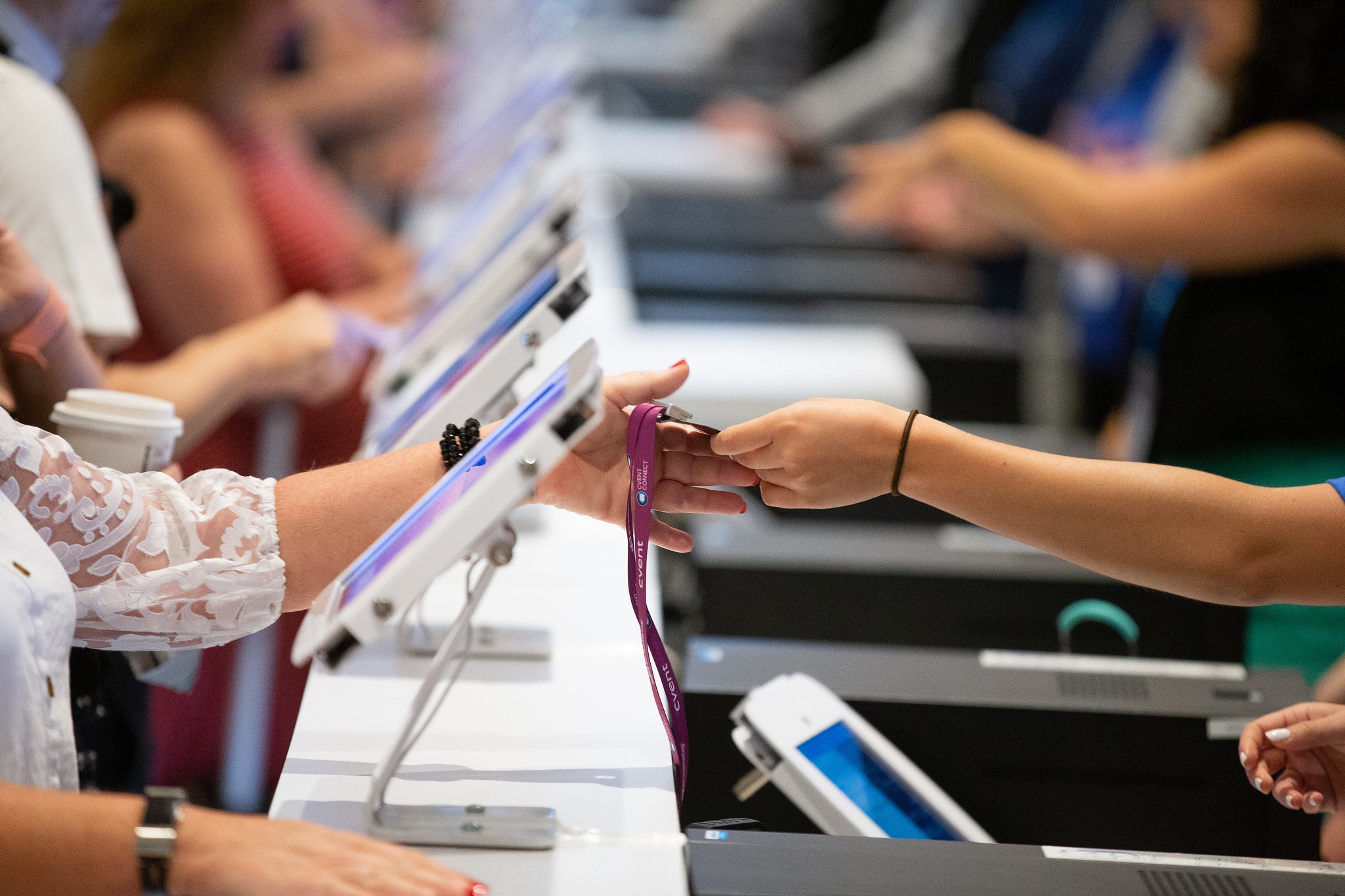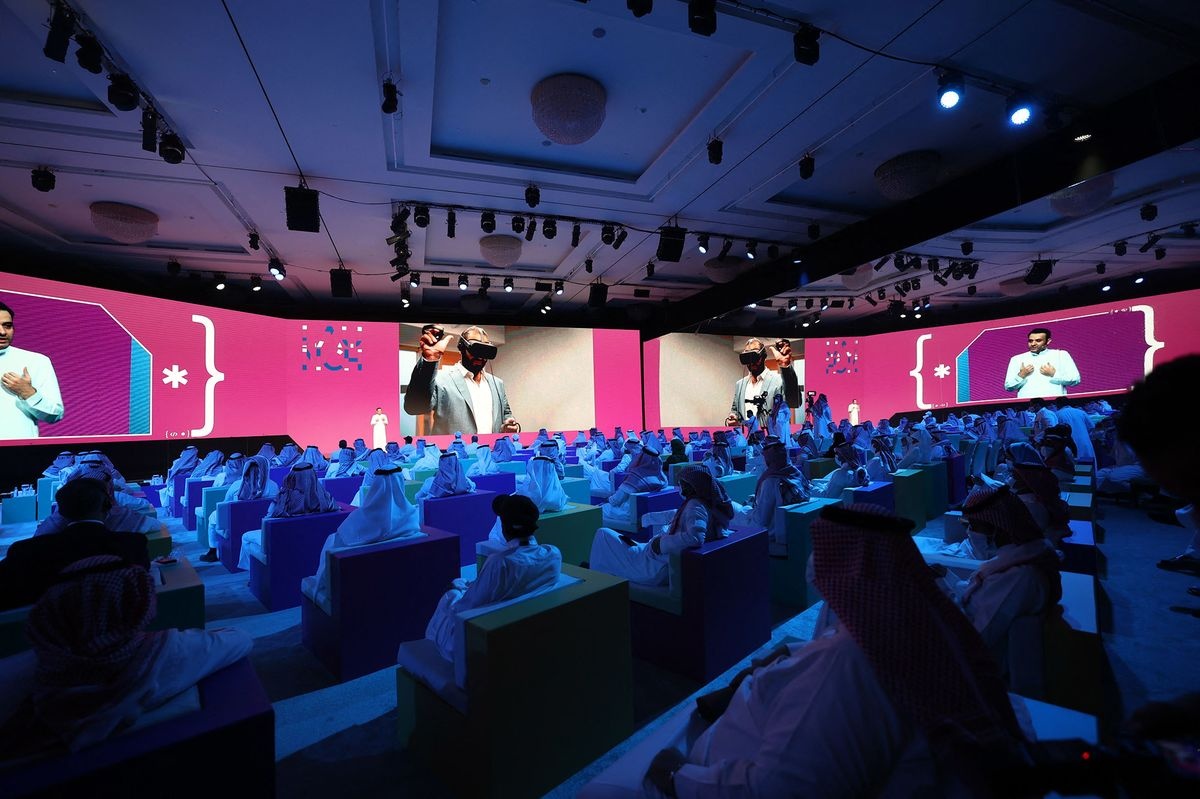
The importance of tech in event management
Incorporating tech into the event management industry has increased ROI by improving attendance and operational efficiency, and also reducing costs by 30%. The current state of personal technology makes incorporating tech into events a no-brainer. Everyone has a smartphone with online payment capabilities, making the experience more seamless than ever before. The data we’re able to collect about behavior and preferences before, during, and after events give organizers the tools to make intelligent decisions to improve planning and execution.
Event-goers all generally want the same thing; personalized experiences, value for their time and money, and they want it fast. This is more achievable now through digital transformation. From the moment they book a ticket to the moment they leave an event, digital tools help to cater directly to customers’ needs.
Tech and customer experience (CX)
Digitization aids in automation and speeds up many processes, allowing teams to put focus on optimising the customer’s experience. Events are a significant investment, and if your business model relies on ticket sales, making sure customers return for future events is essential for ROI.
This is one of the reasons why there is a rise in competition over providing high-quality CX. It also opens the door to turning customers into brand ambassadors or advocates—word of mouth and referrals are incredibly powerful sources of customer acquisition.
The digital tools provided help businesses ensure the delivery of the expected level of experience.
Below are some of the key features that are essential for this.

For customers, ticketing means making selections, payments, and RSVPs. For organizers, ticketing means keeping track of seat maps, sales, QR codes, entry points, and more. It’s a journey that both customers and organizers navigate together.
When not handled correctly, it can be a very unpleasant experience for both attendees and organizers, and that sensitivity increases with the profile of the event and its attendees.
Technology allows us to provide a unified experience from secure ticket purchasing to instant checking in to the venue. This is the first impression customers have about your event, and first impressions matter, as it sets the tone for the rest of the experience.
Avoiding long, slow queues is essential for a great check-in experience and ensuring that ticket holders are admitted through to their correct locations. For larger events, this may mean different types of ticket holders have access through different entrances and entirely different journeys as well.
The most basic use of tech here is providing event staff with smartphone scanners to run check-in onsite. This removes any need for paper records, and when designed with the correct UX interfaces, it makes it incredibly simple for check-in agents to take action, making the process take about two seconds per individual. To further ensure speedy access, self-service kiosks are used to simplify check-in, and in parallel, reduce the need for more staff. Attendees can register, check in themselves and their guests, pay, and where necessary preview, edit, and print their name badges by themselves.
When we think of brochures and information packs, we typically think about B2B events like conferences and expos. For these events, having digital information packs makes things easier and more accessible for attendees.
But, information packs are not just useful for B2B events – whether it’s a music festival, art gallery, or a sporting event, being able to provide contextual information about what’s happening across an event allows attendees to feel in control of their time and not miss out on activities or attractions they wish to take part of. It also adds an additional level of engagement that organizers can use to engage with the audience.
Technologies such as wearable tech, indoor navigation systems and wayfinding to enhance the CX through personalization.
Using RFID technology and beacons, we can send information to nearby devices, giving attendees relevant information as and when they need it. The same technology can be used to alert attendees when they’re close to a relevant connection to improve networking for business events, and shared interests in social ones.
Indoor digital wayfinding removes the need for physical signage, making it easier for attendees to navigate a venue, and it can even be gamified to increase engagement.
Wearable technology allows attendees to be automatically checked in and out of sessions which decreases their wait times, but also helps event organizers understand where attendees are spending their time and plan their staffing accordingly.
Event staff are often required to handle inquiries from hundreds of participants, which can prove to be challenging. Usually peak hours witness 1000s of simultaneous inquiries, which can lead to longer waiting times if managed by human effort. Instead, a chatbot is able to handle these requests instantaneously.
With a little bit of research into FAQs and support, chatbots can be easily pre-programmed with responses that will cover the majority of repetitive inquiries. AI chatbots can be programmed to be smart enough to respond to non-programmed queries as well.
These chatbots are a great data source, the conversations can help businesses understand pain points and interests more deeply and adapt their current or future plans.
With the use of technology in the operations of events, we’re often able to collect large volumes of data before and during events. While the data on its own isn’t necessarily useful, the insights, patterns, and trends revealed from that data can be.
Crowdshaping refers to how we can use data to make on-the-spot event adjustments. Most of the data for crowd-shaping is collected via geolocation, which can be used to gather crowd density data about events, and in turn allows you to manipulate crowd flow more effectively.
Using big data can also help in identifying and solving problems in crowd flow by making adjustments in real-time. Using heat mapping or wearable technology makes it easier to compare between where the majority of attendees gather and which event places are receiving less traffic. Decisions can immediately be made, such as extending the length of time a particular activity is open based on attendance levels, which attendees are notified of via text.
Beyond crowd management, we can also use big data to evaluate and increase engagement.
While many event organizers run post-event feedback surveys, the data collected from these are after the fact and are only useful for the next event. With technology, we’re able to ask real-time questions during an event in order to reveal gaps in existing communication including information that’s difficult to find, or that organizers may have forgotten to share.
For more advanced innovation, facial expression analysis software can help reveal the level of interest and engagement of attendees during sessions.
All this data is very personal and sensitive. It is also important for organizers to be vigilant about any form of data they collect and process, and maintain high levels of security across platforms and communication channels. Transparency about data being collected and how it is being collected and for what purpose is necessary. Attendees should also be prompted about the data being collected and be able to opt-out of any data collection when possible.
This ofcourse is also in compliance with Saudi’s Data Protection Law that was issued in 2021. Events compile a lot of personalized information from ticketing information, all the way to cameras and location data, and with that comes the responsibility of maintaining the safety of the event attendees, as well as the security of the organizers and the city.